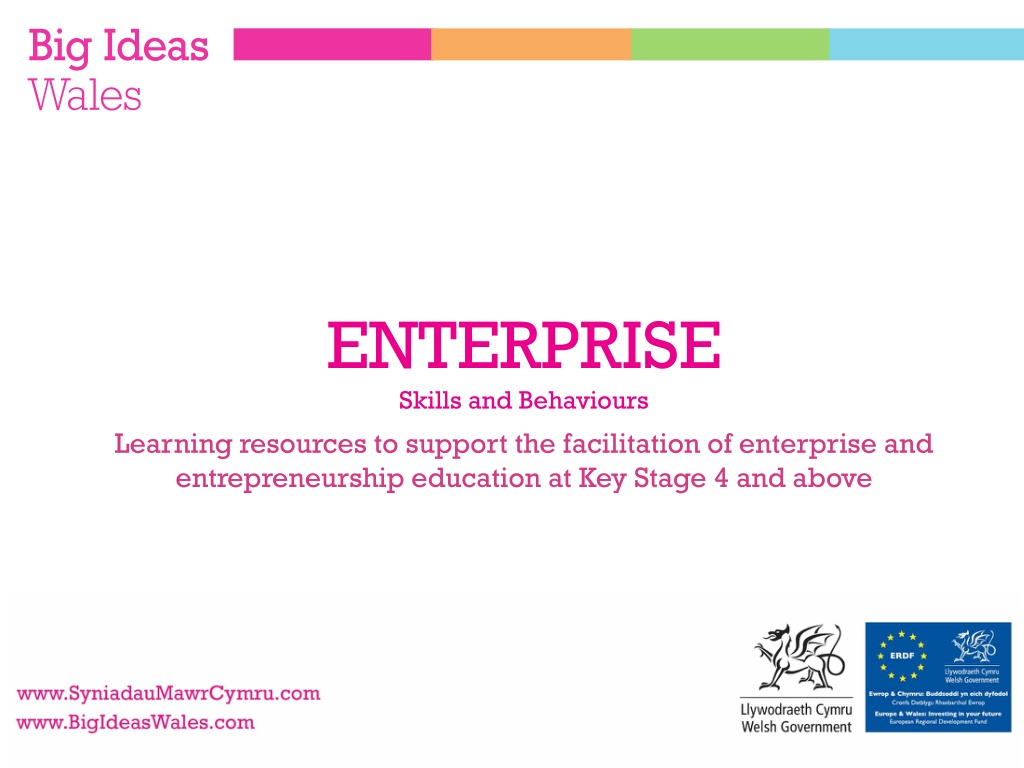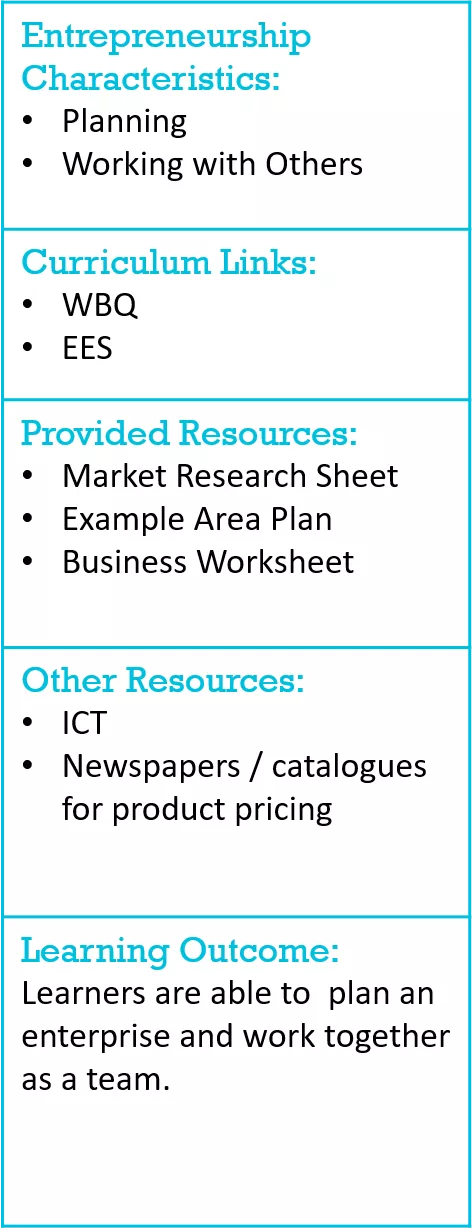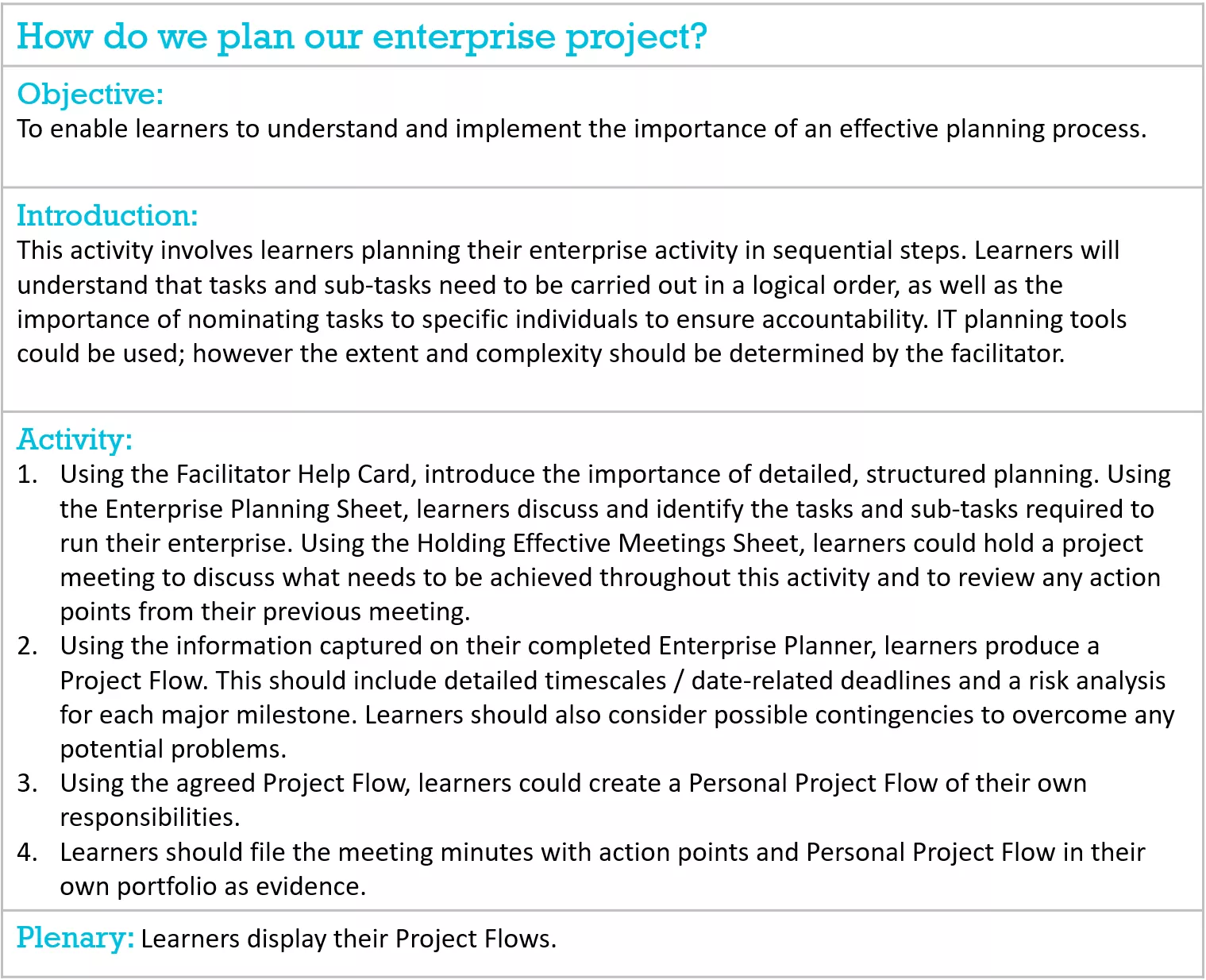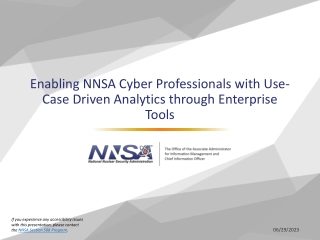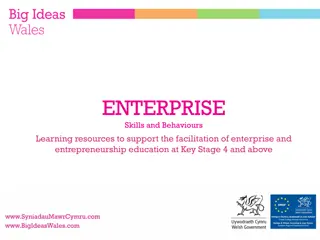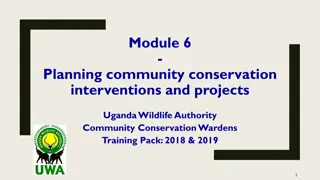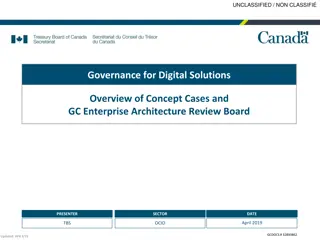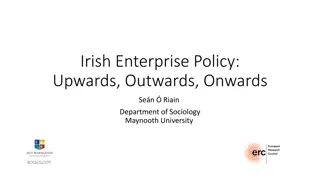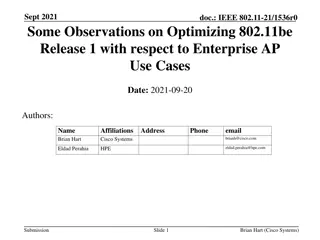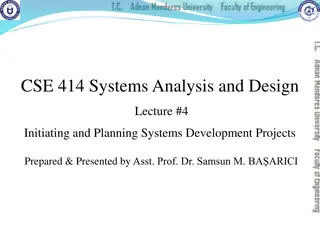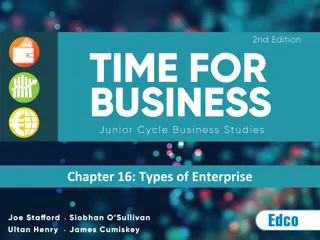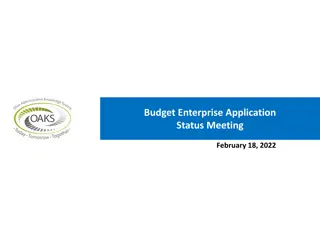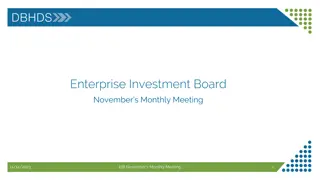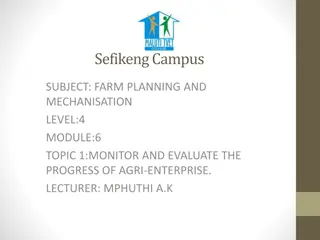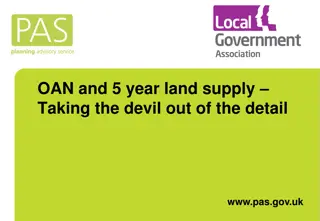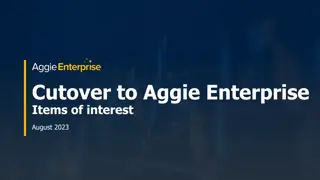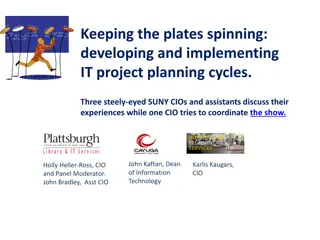Effective Enterprise Project Planning for Key Stage 4 and Above
To support the facilitation of enterprise and entrepreneurship education, learners at Key Stage 4 and above are guided on how to plan enterprise projects effectively. The activities include understanding the importance of structured planning, identifying tasks, organizing group activities, setting targets, and reflecting on the outcomes. Through practical exercises and resources, students learn to work collaboratively, allocate responsibilities, and analyze their project progress for continuous improvement.
Download Presentation

Please find below an Image/Link to download the presentation.
The content on the website is provided AS IS for your information and personal use only. It may not be sold, licensed, or shared on other websites without obtaining consent from the author. Download presentation by click this link. If you encounter any issues during the download, it is possible that the publisher has removed the file from their server.
E N D
Presentation Transcript
ENTERPRISE Skills and Behaviours Learning resources to support the facilitation of enterprise and entrepreneurship education at Key Stage 4 and above
How do we plan our enterprise project? Entrepreneurship Characteristics: Planning Working with Others Objective: To enable learners to understand and implement the importance of an effective planning process. Curriculum Links: WBQ EES Introduction: This activity involves learners planning their enterprise activity in sequential steps. Learners will understand that tasks and sub-tasks need to be carried out in a logical order, as well as the importance of nominating tasks to specific individuals to ensure accountability. IT planning tools could be used; however the extent and complexity should be determined by the facilitator. Provided Resources: Market Research Sheet Example Area Plan Business Worksheet Activity: 1. Using the Facilitator Help Card, introduce the importance of detailed, structured planning. Using the Enterprise Planning Sheet, learners discuss and identify the tasks and sub-tasks required to run their enterprise. Using the Holding Effective Meetings Sheet, learners could hold a project meeting to discuss what needs to be achieved throughout this activity and to review any action points from their previous meeting. 2. Using the information captured on their completed Enterprise Planner, learners produce a Project Flow. This should include detailed timescales / date-related deadlines and a risk analysis for each major milestone. Learners should also consider possible contingencies to overcome any potential problems. 3. Using the agreed Project Flow, learners could create a Personal Project Flow of their own responsibilities. 4. Learners should file the meeting minutes with action points and Personal Project Flow in their own portfolio as evidence. Other Resources: ICT Newspapers / catalogues for product pricing Learning Outcome: Learners are able to plan an enterprise and work together as a team. Plenary: Learners display their Project Flows. Lesson Plan
How do we plan our enterprise project? Planning and Organising a group activity example Using spider diagrams, flip charts, post-its, discuss a range of ideas for an activity , select the most appropriate and provide a rationale for chosen activity. In discussion with your facilitator, form a group in order to undertake an enterprise activity. Set targets, timescales and responsibilities for all team members and keep accurate records of your meetings and decisions. Along with your team members, reflect and identify: Review the nature and scope of your activities and discuss how realistic they are. Revise plan for future activities, if necessary. Analyse and make decisions in order to meet the targets you have set. what went well, not so well and why; the skills, attitudes and values you needed both individually and collectively. Remember to complete your evaluation sheet. Implement your plan of activities, keeping a careful record of the time taken, running costs and the contribution of individual team members. Powerpoint
How do we plan our enterprise project? Identifying tasks and sub-tasks: Lead a discussion on why detailed, structured planning is important and why this needs to be communicated to everyone involved. Most every-day situations require an element of planning and sharing of information some in more detail than others. Encourage learners to think about how planning steps could be large or small, by identifying each step in the following tasks: 1. Making a mug of coffee 2. Going for your first driving lesson 3. Planning your birthday party, involving other people Using the Enterprise Planning Sheet, learners discuss, identify and agree tasks and sub-tasks. Learners then allocate responsibility to the most appropriate team member, ensuring an equitable spread of workload. Using the Holding Effective Meetings Sheet, learners could hold a project meeting to discuss what needs to be achieved throughout this activity and to review any action points from their previous meeting. Possible tasks and sub-tasks might include but are not limited to: 1. Deciding on when to run the enterprise Check availability of group members 2. Where / what to sell? List possible venues Check availability Check prices Check budget Meet to discuss possibilities Make final booking Arrange payment Tell marketing team 3. Producing promotional materials Design promotional materials Investigate production costs of materials Check budget Decide on how many to produce Arrange production of promotional materials Arrange distribution and display 4. Preparing for the launch Depends on the chosen activity 5. Enterprise logistics / what do we need to run the enterprise? Depends on the chosen activity 6. Enterprise Staffing Depends on the chosen activity Other Depends on the chosen activity Facilitator Help card
How do we plan our enterprise project? Using the information captured on completed Enterprise Planning Sheets, learners produce a Project Flow. To include detailed timescales / date-related deadlines and a risk analysis for each major milestone. Learners should also consider possible risks and should plan contingencies to overcome any potential problems. IT planning software would be a useful tool for this activity, although learners could design and create their own Project Flows using standard software. The Project Flow should be updated at each project meeting and also used to ensure a smooth execution of the enterprise itself. Once the Project Flow has been agreed, a Personal Project Flow should be created by each learner, to ensure they have an up-to-date schedule of their own responsibilities at all times. This should be updated daily / when appropriate and filed in their individual portfolio as evidence. Example risks might include: Health and safety considerations Time of enterprise activity Lack of customers Poor weather Budget cuts / costs higher than anticipated Public transport / car parking availability Lack of awareness with public Insufficient resources Clash with other popular event or business Power cut Accessibility Age restrictions Illness within the team Facilitator Help card
How do we plan our enterprise project? Event Planner Discuss the main tasks that need to be completed for your enterprise to be successful. Use the template below to plan your enterprise by listing the tasks and sub-tasks that need to be completed. Identify who will take responsibility for each task / sub-task and why. Task Sub-task Who is responsible? Reason for choice Timescale Worksheet
